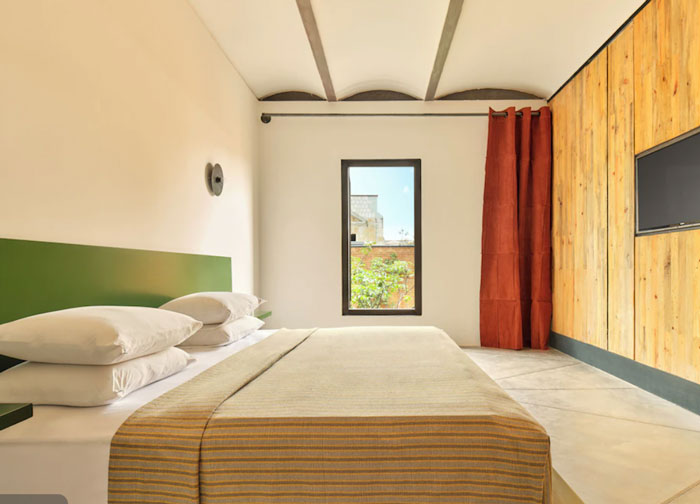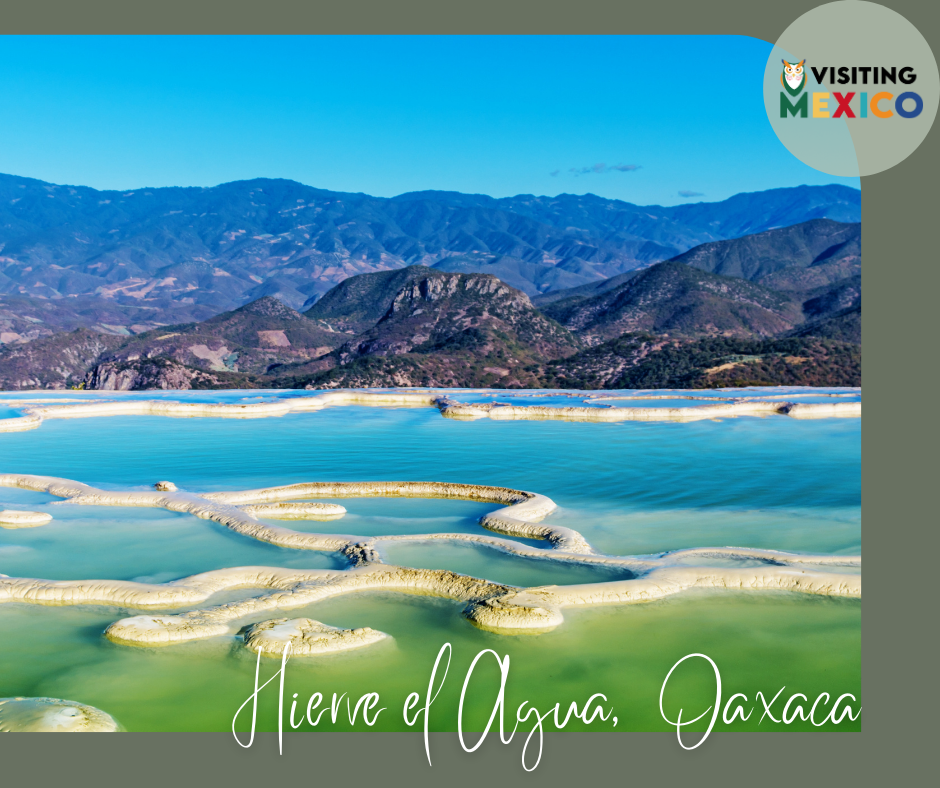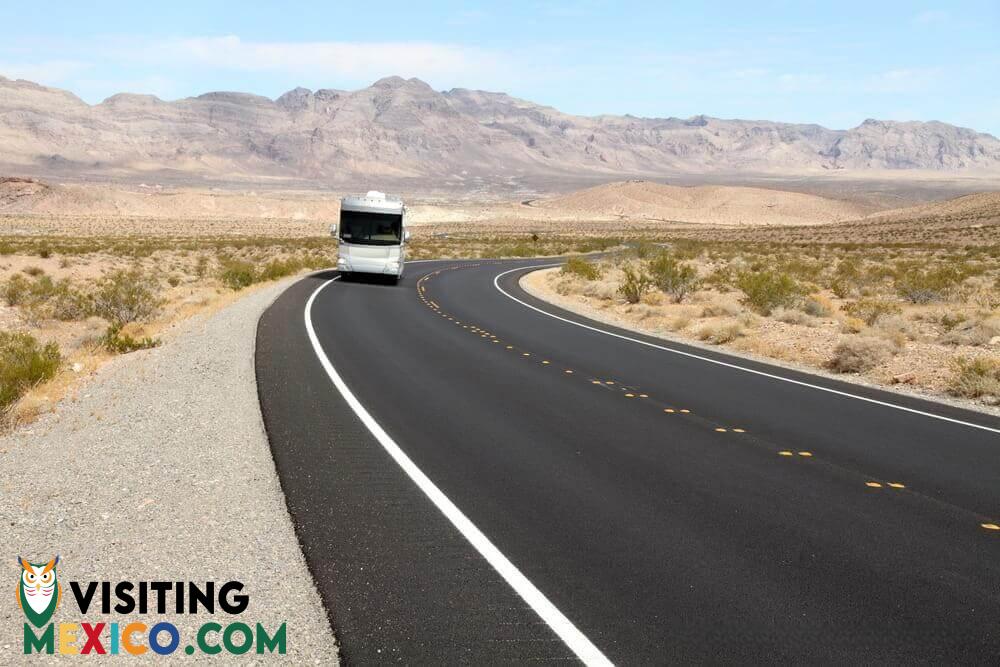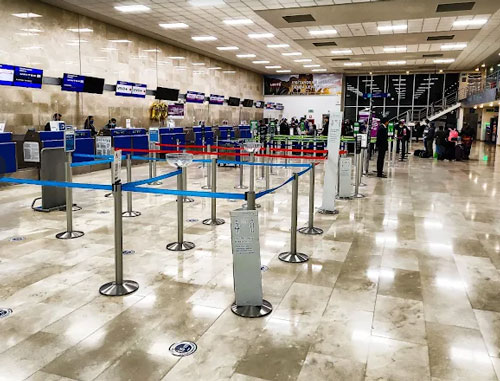Important Facts About Oaxaca
Oaxaca has a population of 3,836,122 people. Its capital is also its most populous city. Oaxaca boasts an area of 36,214 square miles of immensely diverse landscapes filled with a wide array of flora and fauna. The state’s rugged and difficult terrain has served to protect the traditions and cultures of the indigenous peoples of the region. Today, tourism is an important industry throughout the state.
Geography and Landscape of Oaxaca
Oaxaca is noted as a geographical meeting place for several mountain chains. For this reason, the state’s topography is tremendously mountainous but also features valleys and canyons. The major chains that converge in Oaxaca include the Sierra Madre del Sur, Sierra Atravesada, and Sierra Madre de Oaxaca. The largest valleys, the Central Valleys, are home to cities like Oaxaca de Juarez; otherwise, there are mainly narrow valleys throughout the terrain. The mountains give rise to small rivers and streams, but there are essentially no navigable rivers in the mountainous regions. Oaxaca has only about ten percent arable land, yet its caves, coast, and jungle scapes lure many travelers today.
Tourism and History of Oaxaca
Most of the state’s main tourist attractions are located in and around the capital as well as in other valleys throughout the state. Traditional villages draw many travelers who visit the markets and celebrated ruins or archeological sites. Rich with cultural attractions, the state is also famous for its ecological zones and incredible biological diversity. Eco-tourism is a thriving industry for the state and there are plenty of sights and activities to please any outdoor enthusiast.
Archeologists have traced a human presence in the Oaxaca area that stretches back eleven thousand years. Oaxaca boasts evidence of some of North America’s earliest domesticated crops. The region’s oldest settlements were at Yanhuitlan and Laguna Zope. By this period, 1200 B.C., there was significant agriculture in the valleys and pottery-making. While pictographs exist from this ancient past, most of what is known about these early civilizations is from archeological evidence. By 1520 A.D., it’s estimated that roughly 2.5 million people were living in the region. The Spanish entered Oaxaca after they conquered Tenochtitlan, known present-day as Mexico City. During the ensuing century, there was both alliances between the Spanish and some of the indigenous groups and a heated battle, particularly in the Pacific coastal region where resentment of Spanish intrusion was fierce. By 1528, however, the Jesuits settled in Oaxaca (city) where the first church had been built by Juan Diaz, the first priest in Oaxaca. As more religious orders entered the area and increasingly more Spanish began to settle, the indigenous populations were decimated in various intervals due to European diseases. While intermarriage often occurred and the Spanish gained complete control of the region, the isolated terrain still allowed the indigenous people to protect their traditional way of life and cultural practices, perhaps even more than occurred for the indigenous people of any other state.
During the War for Independence, the city of Oaxaca remained a loyalist hub until the end of the war. The state produced two major figures that played integral roles in the later nineteenth and early twentieth-century Mexican history: Benito Juarez, who served five terms as President of Mexico, and Porfirio Diaz, who was also President of Mexico until he was overthrown during the Mexican Revolution. During the twentieth century, earthquakes, floods, and depressions plagued the area, but Oaxaca, today, has become a state that is rich with both cultural and historical attractions
Other Things to See and Do in Oaxaca
- Oaxaca de Juarez: Founded in the 1500s, the capital is filled with historic landmarks as well as cultural attractions. The Plaza de la Constitucion, city gardens and government palaces are all popular city sites.
- Catedral de Oaxaca: Although earlier cathedrals were destroyed by earthquakes, this one, located in the capital, dates to 1733 when it was completed.
- Benito Juarez National Park: Roughly three miles north of the capital, this park was established in 1937 and contains the celebrated peak Cerro de San Felipe. While the natural attractions draw many visitors, the park has recently become celebrated for its downhill cycling.
- Lagunas de Chacahua National Park: With its fifty square miles, this park is home to extraordinary lagoons that are connected by various channels. Celebrated for its flowers, the park is also a bird watcher’s paradise.
- Santiago Comaltepec: This region is famous cloud forests draw many visitors to its Sierra Norte region. More than 25,000 square miles are conserved for flora, fauna, and indigenous people—around 1,500 make their home there.
- Museum of Contemporary Art: Located in the capital, this museum is situated in one of the city’s oldest buildings.
- Monte Alban: This archaeological site is located in the Valley of Oaxaca. The site is regarded as one of the oldest cities of Mesoamerica. Historians believed it was founded around 500 B.C.
- Rufino Tamayo Museum: The famous Oaxaca painter donated the pre-Columbian artifacts and archeological relics that include Mayan steles and Mesoamerican stone faces. The museum is located in the capital city.
- Huatulco National Park: With its nearly thirty acres, this coastal park is home to a myriad of fauna like birds and reptiles. Sightseers have even been known to spy on dolphins swimming in the coastal waters.
- For more things to do (2021) in Oaxaca, see this article.
- Tehuacan-Cuicatlan Biosphere Reserve: Oaxaca shares this park with the state of Puebla. The reserve is famed for its six rivers that flow to the Gulf of Mexico. 356 bird species make their home here as well as many other animals
Plan a trip to Oaxaca

Restaurant • Bar • Free WiFi • etc

Room Service • Restaurant • ATM Machine • etc







